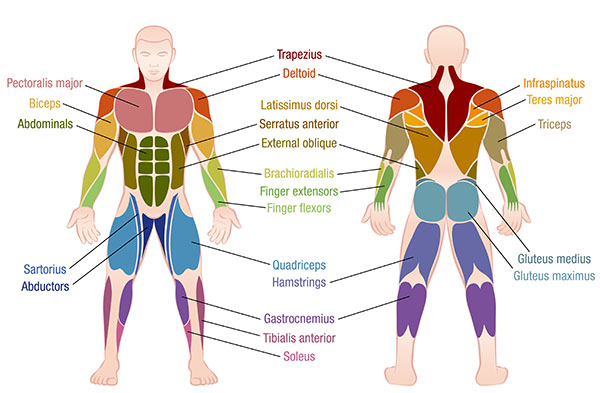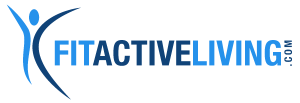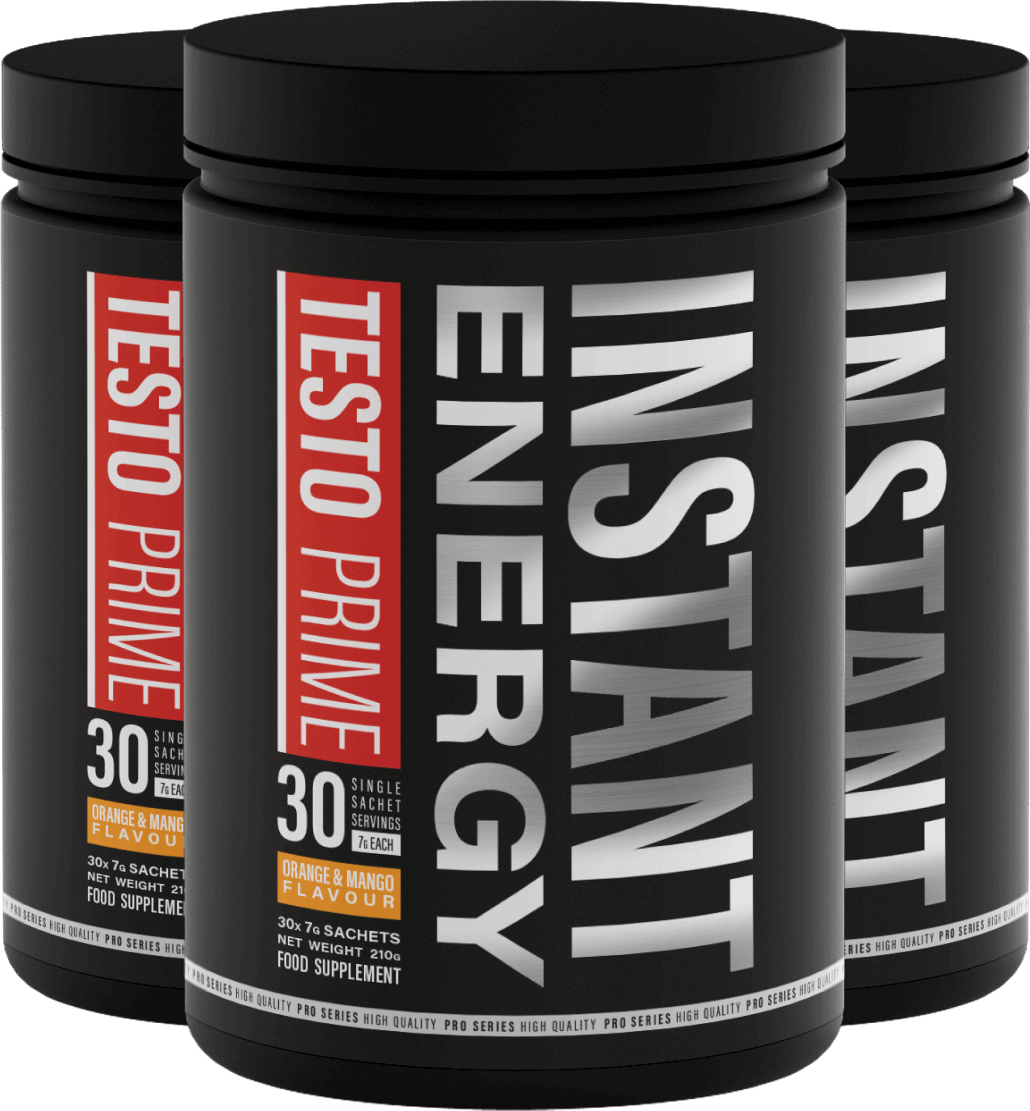Contents
What Muscles Are Used in Swimming?

When you think about exercising, how often is it that swimming comes to mind?
Think Michael Phelps, Luca Dotto, Katie Ledecky, Simone Manuel… who doesn’t want a swimmer’s body?
Before hitting the pool and diving in head first (pun intended), become acquainted with what muscles are used in swimming and different stroke styles.
There are different swimming strokes that you can do in order to challenge yourself, work different muscle groups, or to just give yourself a change in pace.
So, let’s break it down and get prepped for some laps around the pool!
Muscle Groups Used While Swimming

So, swimming clearly has several health benefits. But what muscles are used in swimming?
The long story short — a lot of them! In fact, they have found swimming to work up to 50 muscles at once.
You can count on swimming to work your upper body muscles including shoulders, back, triceps, biceps, chest, forearms and even your hands!
In addition, you’ll be working lower body muscles such as legs, glutes, abdominals, hamstrings, lower back and thighs.
However, what muscles are used in swimming will differ depending on what swimming stroke you do.
Testo Prime INSTANT ENERGY Drink
- Instant Energy provides the extra boost you need to power
through difficult days – with a brilliant blend of nutrients designed to amplify your: - Energy – experience steady energy – without the jitters or dreaded caffeine crash.
- Mind – upgrade your mental potential and achieve way
more than before. - Mood – feel chill – even when the odds are stacked
against you.
Muscles Used When Swimming Freestyle & Backstroke
You do freestyle, also known as front crawl, on your stomach and is the most popular swimming stroke in the world.
Swimming freestyle is the fastest and most efficient of swimming strokes done in competitions.
In fact, there are ways to swim freestyle without getting tired.
Backstroke, also referred to as the back crawl, is the second easiest stroke for people to learn.
In fact, it usually comes naturally to most swimmers. As the name implies, you do the backstroke on your back.
Although it is done on the back, it engages the same muscles as the freestyle stroke.
Here are what muscles are used in swimming both freestyle & backstroke:
Chest – Pectoralis major and minor
Arms – Forearm flexor and extensors, biceps, triceps, deltoids (shoulder muscles), teres major and minor
Legs – Quadriceps, Hamstrings, Gluteus maximus, Groin muscle, Gastrocnemius (calves), Shins, Foot muscles
Core – Serratus anterior (side muscles), External Obliques, Internal Obliques
Back – Trapezius, Rhomboid major and minor, Spinal cord support muscles
Neck muscles
Muscles Used When Swimming Breaststroke
Breaststroke is another stroke that comes naturally to most people.
When performing breaststroke, the swimmer is on their chest and the torso doesn’t rotate.
The swimmer brings their legs forward with the knees together; they turn their feet outward in order to whip back with a glide and the arms sweep backwards.
The key mantra for this swimming style is “pull, breathe, kick, glide” and the simple technique needed to conquer this stroke has made it easy for many people to master.
It’s important to note that in order to do breaststroke properly, each part of the body must be engaged.
Here are what muscles are used in swimming breaststroke:
Chest – Pectoralis major and minor
Back – Latissimus dorsi, Trapezius, Rhomboid major and minor, Spinal cord support muscles
Legs – Quadriceps, Hamstrings, Gluteus maximus, Groin muscle, Gastrocnemius (calves), Shins, Foot muscles
Muscles Used When Swimming Butterfly Stroke
If you’re searching for a challenge, then learning to butterfly stroke could be just what you’re looking for!
Most swimmers know this stroke for being the most challenging of the four. It is both physically demanding and strenuous on the body.
You do the butterfly on your chest, with both arms moving symmetrically, and pair it with the butterfly kick, which is like a dolphin kick.
Here are what muscles are used in swimming butterfly:
Back – Trapezius, Rhomboid major and minor, Spinal cord support muscles
Core – Serratus anterior (side muscles), External Obliques, Internal Obliques
Legs – Quadriceps, Hamstrings, Gluteus maximus, Groin muscle, Gastrocnemius (calves), Shins, Several foot muscles
Chest – Pectoralis major and minor
Arms – Forearm flexor and extensors, biceps, triceps, deltoids (shoulder muscles), teres major and minor
Benefits of Swimming
While swimming is fun, it’s also got a slew of health benefits that accompany it.
Besides physical health benefits, experts have also found swimming to help with mental health by reducing stress and introducing people to new friends.
Improved mental health and physical health? That’s definitely a win-win scenario.
Increased Cardiovascular Health
The American Heart Association suggests that adults need two-and-a-half hours per week of moderate-intensity physical activity for optimal health.
Swimming is a great option for a cardio workout, and is just as beneficial as activities like walking, biking, or dancing.
Besides getting the heart rate up, there is hydrostatic pressure to take into account. Hydrostatic pressure is the force a fluid puts on an object.
When swimming, water puts pressure on your body, which pushes the blood to your heart and improves circulation.
Low Impact

Have you ever jumped in the water and felt like you weighed nothing? Hello buoyancy!
Because your body is buoyant in water, it reduces the weight by almost 90%.
This makes swimming a low-impact activity that people who want to be more active or who suffer from joint pain / arthritis can take advantage of.
Increases Strength & Improves Endurance
Swimming involves the usage of your upper and lower body muscles, which make it a full-body workout.
Because your muscles are so active, swimming will lead to an increase in strength and will improve your endurance levels.
Before you know it, you’ll be on your way to that swimmer’s body!
Burns Calories
If you’re anything like me, then you want to know you’re burning calories!
- Power Weight Loss Support in one delicious shake!
- Replaces 1 full meal
- Helps shed excess pounds naturally.
- Boosts energy and controls cravings
- Every pack contains zero added sugars
- 16 grams of whey protein concentrate
- Every pack is gluten free and contains 13 different vitamins
Experts have found that leisurely swimming burns around 220 calories every 30 minutes in an individual who weighs 155 pounds.
However, more vigorous swimming can burn over 400 calories every 30 minutes.
So, if you’re searching for an exciting way to torch some calories, swimming might be the answer.
And if you’re really wanting a challenge, then you can work towards swimming a mile.
Wrap-Up
It’s helpful to know what muscles are used in swimming if you are going to try it! The short answer is – a lot.
Many of the larger muscles groups such as the chest, back, core, arms and legs are heavily involved.
Now that you know what muscles are used in swimming, it’s time to go swim some laps!



